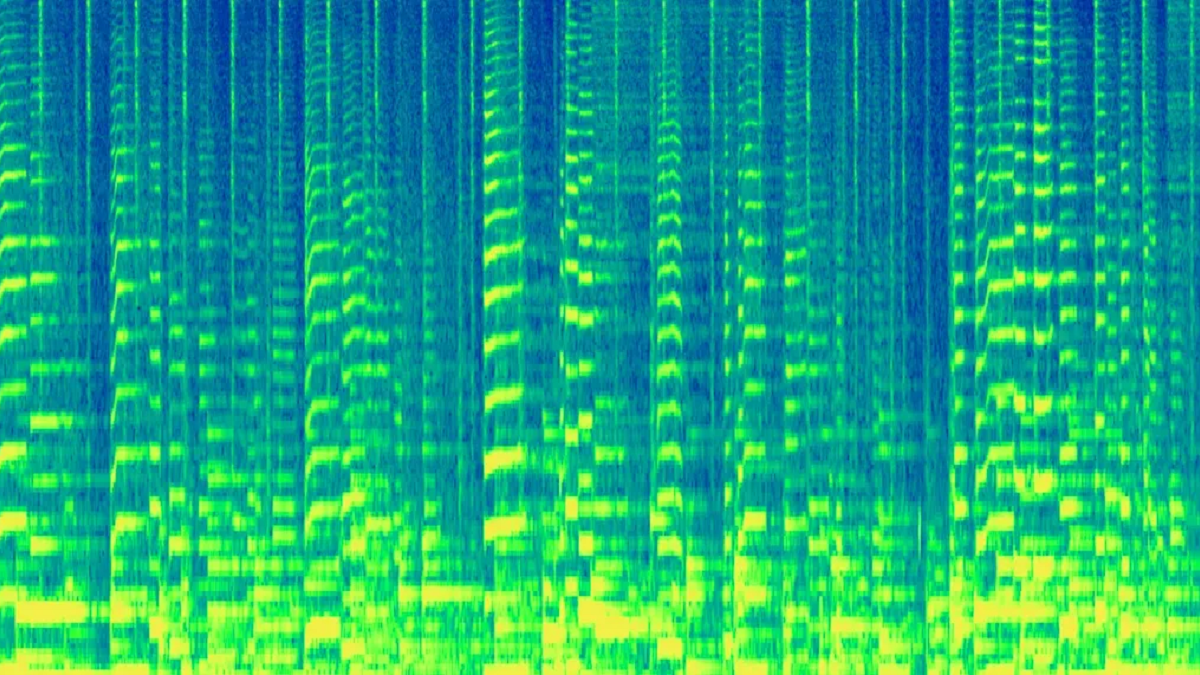YouTube parent company Google has launched SynthID for watermarking and identifying AI-generated content. Although the tool is still in beta, users can use it to embed a digital watermark directly into an AI-generated image or audio, creating a watermark that Google describes as, “Imperceptible to humans, but detectable for identification.”
While the ability to identify AI-generated content is critical to promoting trust in information, Google adds that its SynthID tool is not, “A silver bullet for addressing the problem of misinformation.” Adding that the tool is but, “An early and promising technical solution to this pressing AI safety issue.”
Google DeepMind developed the technology, refining it in collaboration with Google Research. SynthID holds the potential for broader applications across various AI models, and the teams intend to integrate it into more products in the future. This move is aimed at empowering individuals and organisations to responsibly engage with AI-generated content.
Deep learning models
According to Google, watermarking and identifying are SynthID’s two deep learning models:
Watermarking: SynthID uses an embedded watermarking technology that adds a digital watermark directly into AI-generated content. The combined model is optimised to improve imperceptibility by aligning the watermark to the original content.
Identification: SynthID can scan the image or audio for its digital watermark and help users assess whether the content – or part of it – was generated using Google’s AI models.
The tool was expanded to watermark and identify AI-generated music and audio earlier this month. Google says the first deployment will be through Lyria, its AI music generation model.
“First, SynthID converts the audio wave, a one-dimensional representation of sound into a spectrogram. A spectrogram is a two-dimensional visualisation that shows how the spectrum of frequencies in a sound evolves over time. Once the spectrogram is computed, the digital watermark is added into it. Finally, the spectrogram is converted back to the waveform. During this conversion step, SynthID leverages audio properties to ensure that the watermark is inaudible to the human ear so that it doesn’t compromise the listening experience,” Google explained.
Google says the watermark is robust to many common modifications including noise additions, MP3 compression and more. SynthID can also scan audio tracks to detect the presence of the watermark at various points to determine whether any parts have been generated by Lyria.
Isa Muhammad is a writer and video game journalist covering many aspects of entertainment media including the film industry. He's steadily writing his way to the sharp end of journalism and enjoys staying informed. If he's not reading, playing video games or catching up on his favourite TV series, then he's probably writing about them.



































